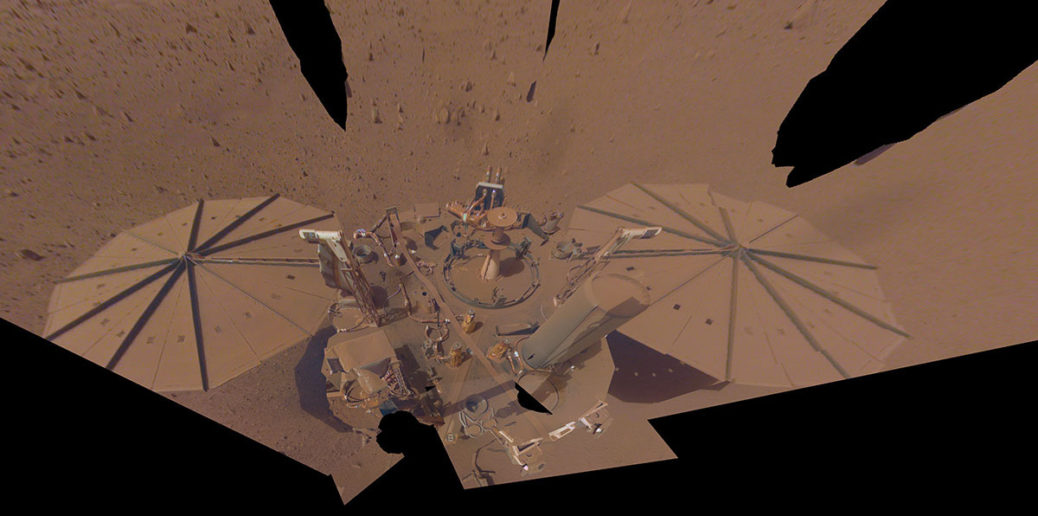The mission has concluded that the solar-powered lander has run out of energy after more than four years on the Red Planet.

The mission has concluded that the solar-powered lander has run out of energy after more than four years on the Red Planet.
After years of climbing, the Mars rover has arrived at a special region believed to have formed as Mars’...
NASA’s Perseverance rover carries a device to convert Martian air into oxygen that, if produced on a larger scale,...
The mission’s first two samples of regolith – broken rock and dust – could help scientists better...
The mission’s team has chosen to operate its seismometer longer than previously planned, although the lander will run out...
The six-wheeled geologist spotted the twister as part of an atmospheric exploration of Jezero Crater. Read More
NASA and InSight leaders will share the latest on the pioneering spacecraft’s science findings and discuss future milestones for...
Panelists will discuss the Perseverance rover’s successful collection of the sample and latest science analysis. Read More
This unusual view of the horizon of Mars was captured by NASA’s Odyssey orbiter using its THEMIS...